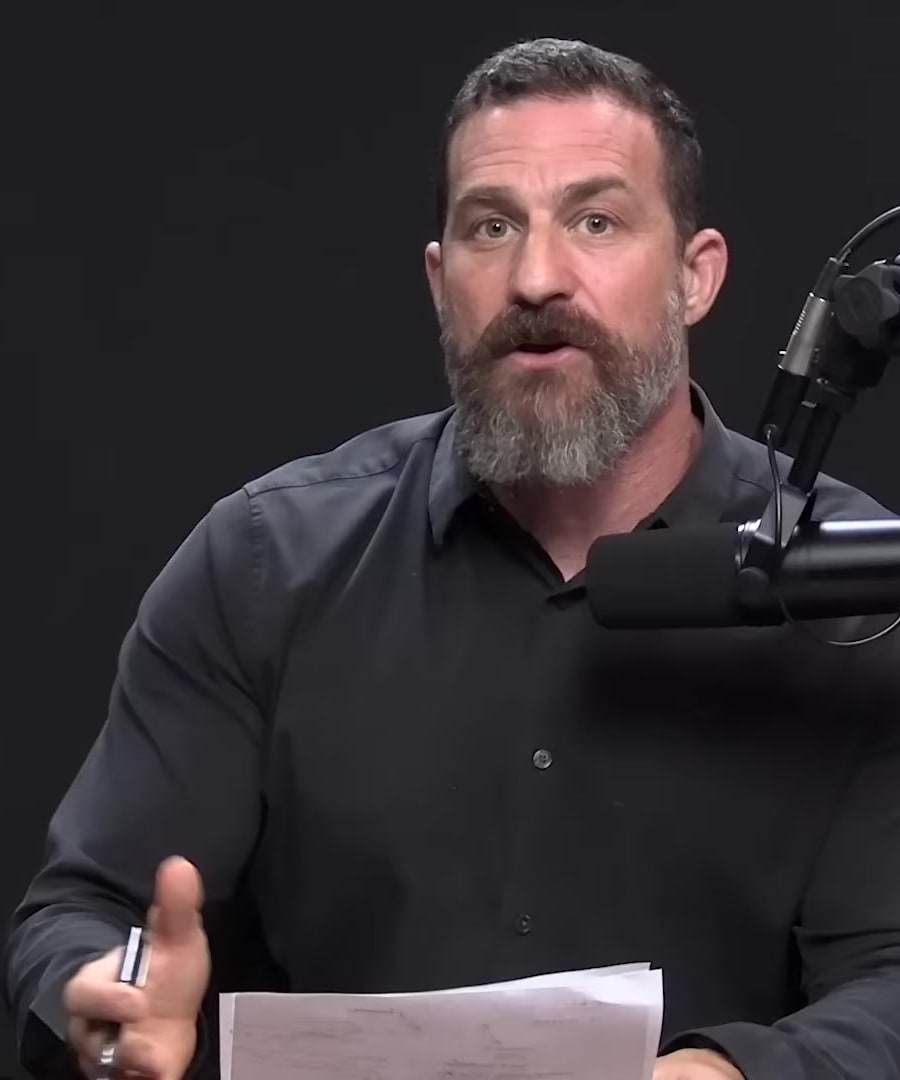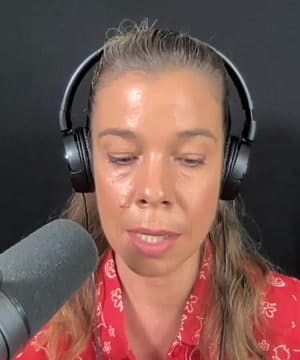virus transmission
Sources:
Here are insights from various experts on virus transmission:
-
COVID-19 Mainly Airborne:
- According to , COVID-19 is predominantly transmitted through the air, and not so much through contact surfaces. It's expelled through droplets when people talk. The challenge with studying this is due to the complexities of creating controlled environments and ethical constraints in human experiments 1.
-
Social Contact and Global Spread:
- describes how viruses, such as COVID-19, spread through social networks. The interconnectedness of people across the globe means that the virus can spread quickly from small local outbreaks to global pandemics 2.
-
Cold Virus Transmission:
- explains that the common cold virus is transmitted by breathing, sneezing, or touching surfaces where the virus has landed. He notes the cold virus can survive on surfaces for up to 24 hours, making indirect transmission possible 3.
-
Evolution and Transmission of Viruses:
- discusses how a virus evolves to become more transmissible. Transmission capacity is influenced by the physical constraints of the host��’s cells and how quickly these cells can produce viral proteins 4.
-
Monkeypox and Semen Transmission:
- explores the potential for monkeypox transmission through semen, indicating that transmission through semen is likely if the virus is present. She highlights that the virus might be infectious at the initial site of contact like the throat, with further spread within the host starting from there 5.
Each expert sheds light on the complexity of studying and understanding virus transmission, emphasizing various modes of spread, including airborne particles, direct physical contacts, and more indirect routes such as surface contact or through biological fluids.
RELATED QUESTIONS-


